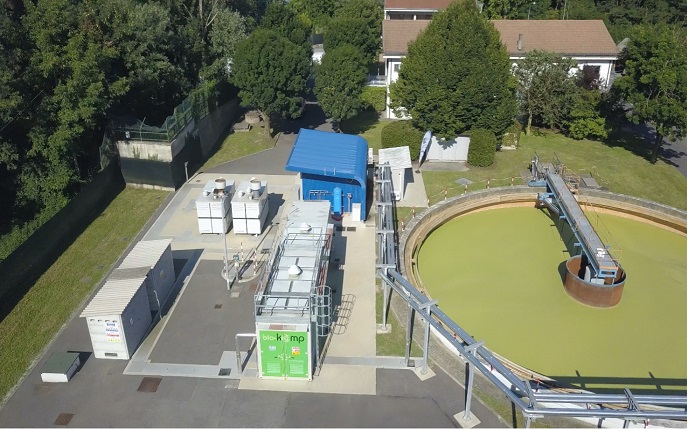Proton-conducting materials matter
Among candidate proton-conducting materials for SOFCs, barium zirconate-based compounds have garnered significant attention. This solid-oxide proton conductor offers excellent chemical stability and high conductivity, particularly in the intermediate-temperature region targeted for cost-effective SOFC operation. However, fundamental questions surrounding its macroscopic proton transport mechanisms remain open. The effect of dopant atoms, local chemistry and structure complicates the description of proton conductivity and is still not understood for even the simplest systems. For this reason, the EU-funded project PROTONICS (Mechanistic aspects of protons in hard materials for clean energy applications) aimed to advance the understanding of the behaviour of protons in the most promising barium zirconate-based proton conductors. The primary tools used to this end involved a range of different experimental techniques such as neutron scattering and optical and luminescence spectroscopy. Examples of specific investigations include the measurement of luminescence spectra and decay curves of hydrated samples of yttrium-doped barium zirconate, which provided information about the important local structure of the materials. This was complemented by investigations of the proton dynamics using neutron scattering techniques. Additionally, by combining the results from the different types of studies, a more detailed picture of the proton conduction mechanism was developed. Such understanding is crucial for the development of new proton-conducting oxides, with conductivities beyond the state of the art. It will also be critical for future breakthroughs in the development of next-generation environmentally friendly SOFCs based on proton-conducting oxides. A recent key scientific result has been the elucidation of the short-range structure and dehydration mechanism of the proton-conducting oxide Ba2In2O5. This was realised using a combination of neutron scattering and vibrational spectroscopy, with results published in two papers. Another important result has been the observation of rotational motions of pyramidal SiH3- ions in the two silanid materials KSiH3 and RbSiH3, using quasielastic neutron scattering.







